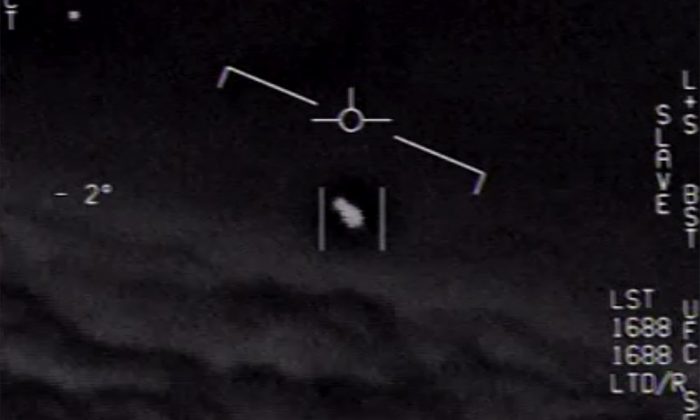Amid new revelations about Pentagon’s purported failure to respond to UFO-like objects gathering classified intelligence data, the US military is reportedly stepping up its efforts to counter such aerial threats.
The EurAsian Times reported how there had been a sudden surge in the “UFO” sightings over US military bases and naval assets in recent years. Analysts have attributed such phenomena to deliberate incursions by enemy spy drones.
The US armed forces are constantly testing new anti-drone solutions known as C-sUAS (Counter- small Unmanned Aerial Vehicles). The Department of Defense’s Joint C-sUAS office recently tested the latest offerings from Aurora Flight Sciences, ELTA North America, and XTEND during its first semi-annual demonstration at Yuma Proving Ground in Arizona.

These tests are part of efforts against the small commercial drones which can be modified to carry intelligence and reconnaissance equipment, or even munitions and fly over military assets and giving the enemy necessary information over the target or even destroying it.
These are small, low-observable flying vehicles, which are hard to shoot down. But they have the potential to cause financial losses and affect logistical supplies.
Former Acting US Secretary of Defense Christopher C. Miller, in his address note in the Pentagon’s C-sUAS strategy document, wrote about the growing threat of these drones. “Small unmanned aircraft systems (sUAS) were previously viewed as hobbyist toys, but today it is evident that the potential for hazards or threats has the ability to impact the Joint Force.”
These small drones have a huge potential to be modified according to customer needs, including to fly in swarms, autonomous operations, seldom equipped with explosives to act as suicide drones which can wreak havoc on enemy’s air defense assets.

For example, now the countries have the option to send hundreds of small, low-detectable drones in the enemy airspace and gather information via onboard electronic intelligence equipment, and designate targets for other “suicide drones”, which would then individually fly towards the target (like a radar) and punch a hole in its antenna, efficiently obtaining a “mission kill” and putting out the million-dollar radar like a sitting duck.
And, while this may seem to many as a sci-fi description, such systems are already being used by advanced militaries around the world and have the potential of changing future aerial warfare to a large extent.
These ‘drones’ don’t necessarily need to look like a proper miniature airplane, the physics of flight can be harnessed and flying shapes could even look like a cylindrical tube — similar to the US Navy’s Nomad drone. Earlier, even the flying wing aircraft like B-2 Spirit were seen as UFOs, and is an estimation of the evolving technologies of aerial warfare.
Nomad, NRL's new & improved UAV, was successfully tested aboard the @USNavy's USSCoronado! @DESRON_7 https://t.co/GCNP0iHO2e pic.twitter.com/n4JUcWc5Dd
— U.S. Naval Research Laboratory (@USNRL) October 26, 2017
And the recent tests in Arizona showed exactly what Pentagon is looking for – a credible C-sUAS system. This demonstration of counter-drone systems was held from April 5 to 9 with collaboration from the Joint C-sUAS Office (JCO), the US Air Force, and Army Rapid Capabilities and Critical Technologies Office.
Three companies were reportedly selected via an RFI (request for information) process to attend the demonstration focused on defeating these small drones with low collateral damage.
“This was the first of many industry opportunities as we look to synchronize solutions and counter the small UAS threat,” said Lt. Gen L. Neil Thurgood, Director of Hypersonics, Directed Energy, Space and Rapid Acquisition, which includes the RCCTO.
“Events like this demonstration at Yuma Proving Ground will help identify new approaches, focus our efforts, and allow us to leverage innovation quickly.”




